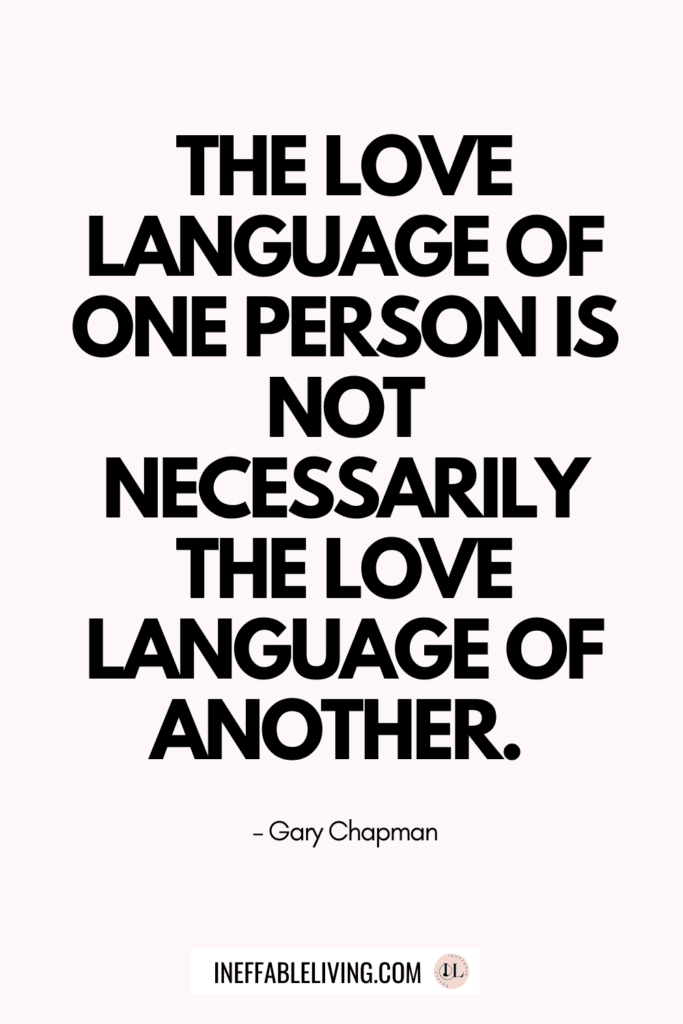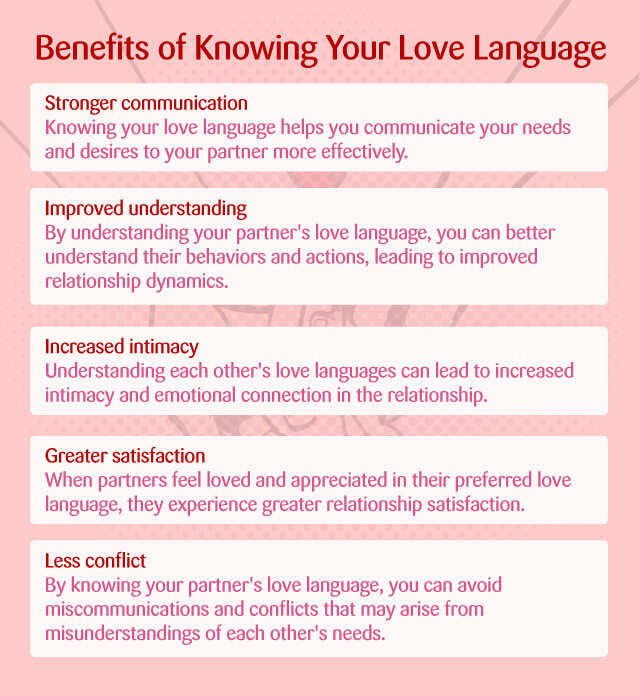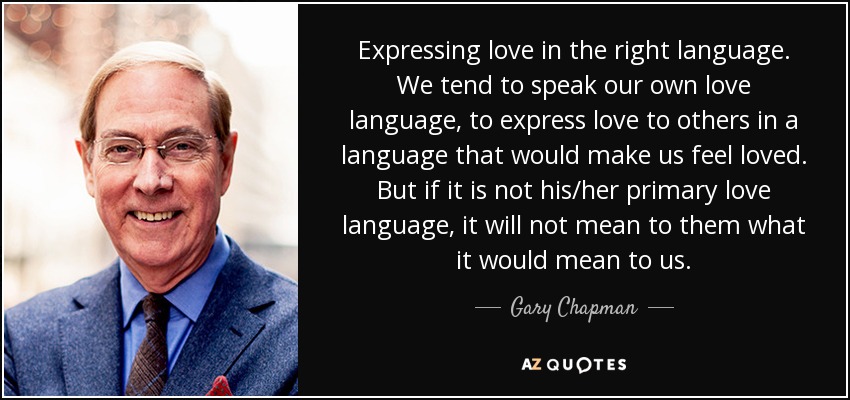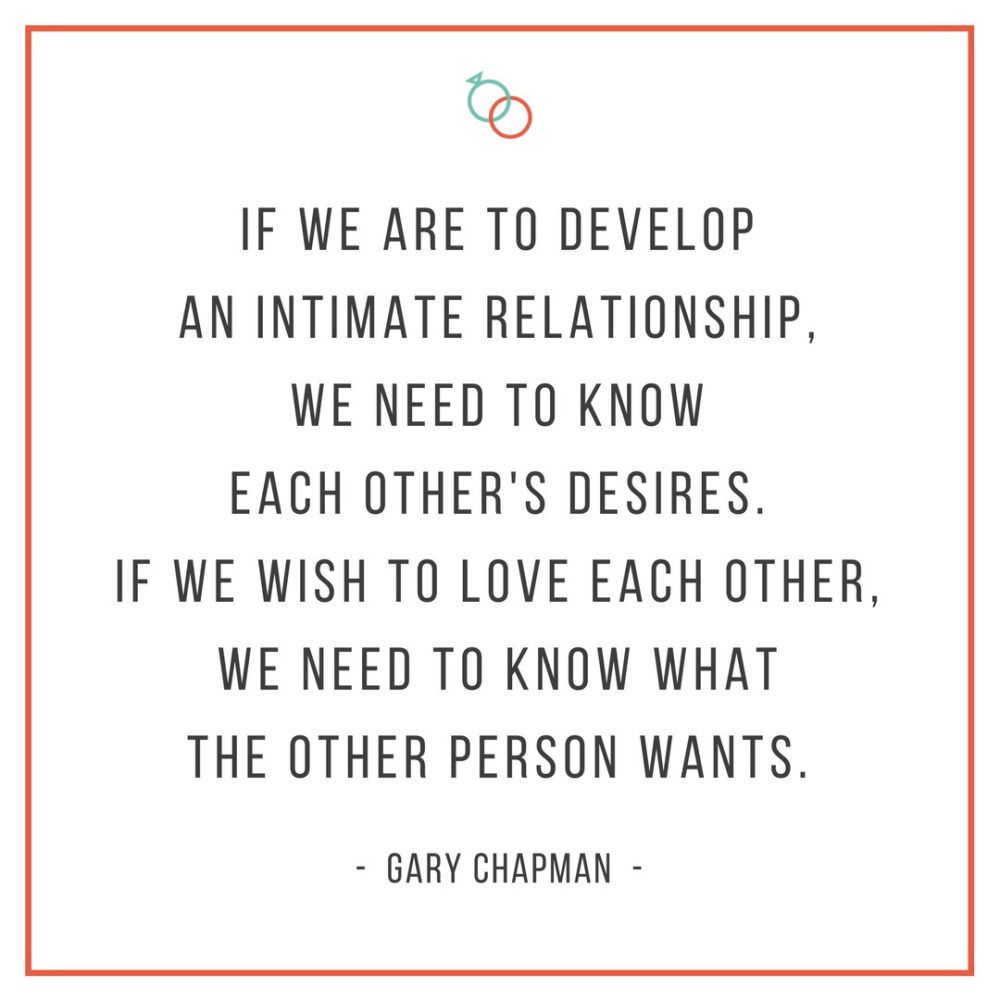Speaking the Language of Love: Navigating Marriage through Emotional Connection
In the journey of marriage, love is the cornerstone that
holds everything together. However, love itself isn't a one-size-fits-all
concept. Just as individuals have unique personalities, they also have distinct
emotional languages through which they express and receive love. Discovering
and speaking your loved one's emotional language can be the key to nurturing a
strong and lasting bond.
The Five Emotional Love Languages
In his book "The Five Love Languages," Dr. Gary Chapman introduced a groundbreaking concept that has transformed relationships worldwide. He identified five emotional love languages that reflect how individuals give and receive love.
These love languages are:
Words of Affirmation
Words have immense power to uplift and strengthen
relationships. For individuals whose primary love language is words of
affirmation, verbal expressions of love and appreciation through compliments,
encouragement and kind words are essential.
- Compliments: Offering sincere compliments on your
partner's appearance, talents, or qualities.
- Encouragement: Providing words of encouragement
during challenging times or when pursuing personal goals.
- Gratitude: Expressing gratitude for the little
things your partner does, like making dinner or helping around the house.
- Love Notes: Leaving affectionate notes or sending
heartfelt texts to remind your partner of your feelings.
- Acknowledgment: Recognizing your partner's efforts
and achievements, no matter how small they may seem.
Acts of Service
Actions truly speak louder than words for those who value
acts of service. This love language involves doing things that make your
partner's life easier and more comfortable. Demonstrating love by performing
acts that make your partner's life easier or more enjoyable.
Examples:
- Chores: Taking care of household chores, like
washing dishes or doing laundry, without being asked.
- Cooking: Preparing a special meal for your partner
after a long day.
- Running Errands: Picking up groceries, collecting
dry cleaning, or completing tasks your partner might find time-consuming.
- Helping Out: Offering assistance with a project
your partner is working on, demonstrating your support.
- Surprises: Planning a surprise date night or
arranging something your partner enjoys without them expecting it.
Receiving Gifts
Gifts serve as tangible symbols of love for individuals
whose primary love language is receiving gifts. It's not about the cost, but
the thought and effort behind the gesture. Giving thoughtful presents that show
your appreciation and thoughtfulness.
Examples:
- Thoughtful Gifts: Selecting presents that align
with your partner's interests or have sentimental value.
- Special Occasions: Celebrating birthdays,
anniversaries, and holidays with meaningful gifts.
- Unexpected Surprises: Giving surprise gifts
"just because" to show your appreciation and love.
- Handmade Items: Crafting something yourself, like a
heartfelt card or a homemade treat.
- Thoughtful Gestures: Bringing back a souvenir from
a trip or gifting something that holds sentimental memories.
Quality Time
For those who value quality time, undivided attention and meaningful interactions are key to feeling loved and connected. Share meaningful moments and quality experiences with your partner.
- Meaningful Conversations: Engaging in deep and meaningful conversations about your partner's interests, dreams, and thoughts.
- Unplugged Time: Setting aside technology and distractions to be fully present with your partner.
- Shared Activities: Participating in activities you both enjoy, whether it's cooking, hiking, painting, or dancing.
- Date Nights: Planning regular date nights or day outings to spend quality time together.
- Active Listening: Paying attention and actively listening when your partner shares their thoughts and feelings.
Physical Touch
Physical touch is a powerful way to express affection and
love for individuals with this love language. Physical closeness and connection
are vital. Nurture emotional closeness through physical affection.
Examples:
- Hugs and Kisses: Offering warm hugs and kisses as a
way of greeting or showing affection.
- Holding Hands: Holding hands while walking or
sitting together to create a sense of closeness.
- Cuddling: Snuggling up on the couch or in bed to
feel physically connected.
- Intimacy: Physical intimacy, such as kissing,
hugging, and cuddling, to express love and desire.
- Supportive Touch: Offering a comforting touch when
your partner is upset or stressed.
The Importance of Understanding Your Partner's Love Language
Expressing love in your partner's preferred language demonstrates your commitment to nurturing the relationship. It shows that you value their emotions and prioritize their happiness, fostering a stronger connection and a mutual desire to care for each other.
Discovering Your Partner's Love Language
Discovering your partner's love language requires
intentionality and active observation. Here are some strategies to help you
identify their love language:
Observation: Pay close attention to how your partner expresses
love to others. Their preferred way of showing affection might offer insights
into their own emotional language.
Communication: Engage in open and honest conversations about
how each of you feels most loved and valued. Share personal anecdotes and
experiences that highlight times when you felt particularly cherished.
Experimentation: Consider experimenting with each of the
five love languages to gauge your partner's response. Observe which gestures
evoke the most positive reactions and align with their personality.
Speaking the Language of Love in Action
Once you've identified your partner's love language, it's
time to put it into action:
Words of Affirmation: Regularly offer genuine
compliments, express your appreciation, and vocalize your love. A simple
"I love you" or a heartfelt compliment can go a long way.
Acts of Service: Help out with tasks, chores, or errands
that alleviate their stress. Going out of your way to make their life easier
shows that you care. Here is a story of
acts of service to help your partner. Ella's
father had been diagnosed with a serious illness, and she found herself
overwhelmed by the responsibilities of caregiving. Her husband, Liam, noticed
her exhaustion and took it upon himself to handle household chores, run
errands, and cook meals without being asked. He even organized support from
friends and family. In the midst of her struggles, Liam's acts of service
became a beacon of hope and a powerful reminder that she wasn't alone in this
journey.
Receiving Gifts: Thoughtfully select gifts that hold personal significance and convey your affection. Remember, it's the sentiment behind the gift that truly matters. My friend Rachel had always dreamt of traveling to a specific destination, but life's demands had kept that dream on hold. On their anniversary, her husband, Michael, presented her with a beautifully wrapped package. Inside was a travel guidebook for that dream destination, along with a heartfelt note promising that they would make that journey together. The thoughtful gift not only touched Rachel's heart but also ignited their shared excitement for their future adventures.
Quality Time: Dedicate focused time to spend together. Engage in activities that you both enjoy and make an effort to be fully present during these moments.
Physical Touch: Foster physical closeness through hugs, kisses, holding hands, and other forms of affection. Physical touch helps to create a deeper emotional connection. Let me share a story of May and Daniel. As years passed, May and Daniel noticed that the physical intimacy in their relationship had waned. Determined to bring back the spark, they began to prioritize physical touch.
They started with simple gestures—holding hands, cuddling on the couch, and stealing kisses throughout the day. These small acts of affection reignited their romantic connection and reminded them of the passion they had for each other.
Balancing Love Languages
While focusing on your partner's primary love language is
important, it's also beneficial to incorporate elements of their secondary love
languages. Secondary love languages are the other love languages, apart from
the primary one, that resonate with your partner to varying degrees. While the
primary love language holds the greatest significance, secondary love languages
are like additional channels through which your partner can experience and
receive love. Balancing love languages
involves recognizing the significance of your partner's primary love language
while also incorporating elements of their secondary love languages into your
interactions.
For instance, if your partner's primary love language is
"Acts of Service," while their secondary love language is
"Quality Time," you might find ways to intertwine these languages:
Cook Together: Prepare a meal together (Acts of Service) and
enjoy it while engaging in meaningful conversation (Quality Time).
Home Improvement Project: Work on a home improvement project (Acts of Service) while spending quality time together, sharing laughs and collaborating (Quality Time).
Surprise Date Night: Plan a surprise date night (Quality
Time) and incorporate a thoughtful gesture like writing a heartfelt note (Words
of Affirmation).
Balance is key to creating a well-rounded emotional connection that addresses multiple facets of their personality. Remember, discovering and speaking the language of love is an ongoing journey that requires sensitivity, communication, and adaptability. By embracing both primary and secondary love languages, you ensure that your efforts to make your partner feel loved are comprehensive and meaningful.
Conclusion
Speaking the language of love is a journey that requires effort, empathy, and a genuine desire to make your partner feel cherished and valued. By learning and practicing these love languages, you're not only nurturing a wonderful marriage but also creating a deeper, more meaningful bond that stands the test of time. Just as words and gestures gain meaning through context, understanding and speaking your partner's emotional language brings depth and authenticity to your love story. In the end, it's the effort you put into speaking the language of love that truly makes your relationship flourish.


%20(1).png)



















Comments
Post a Comment